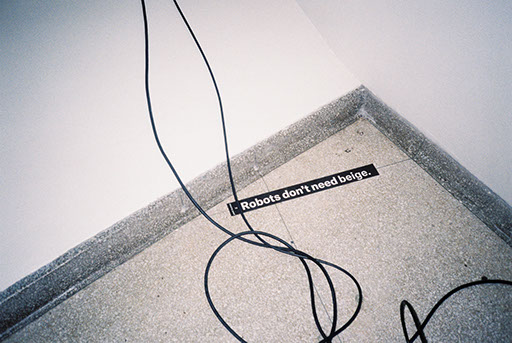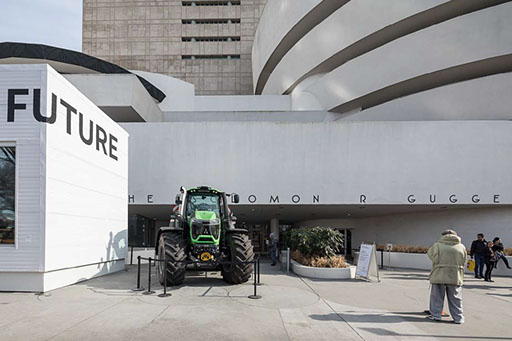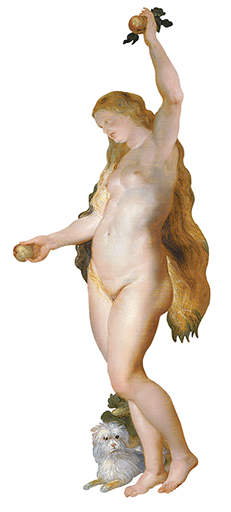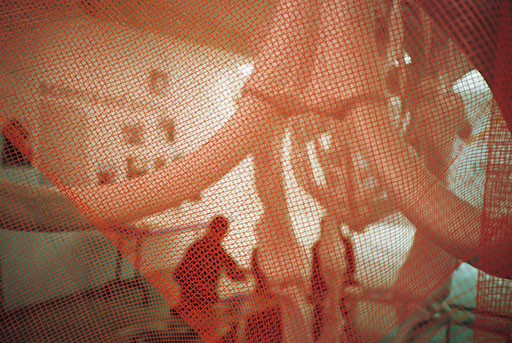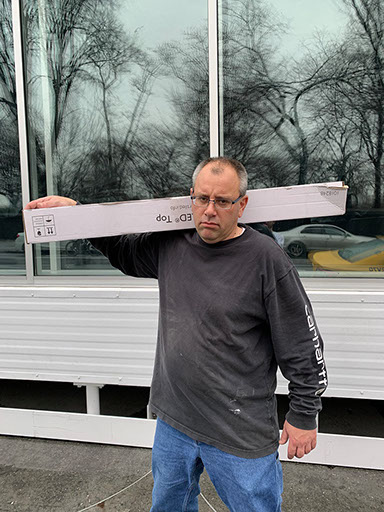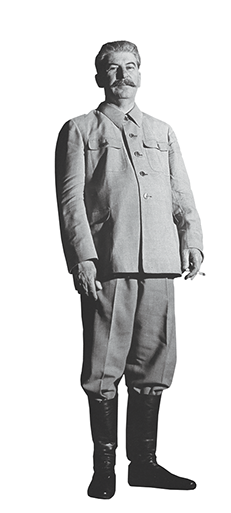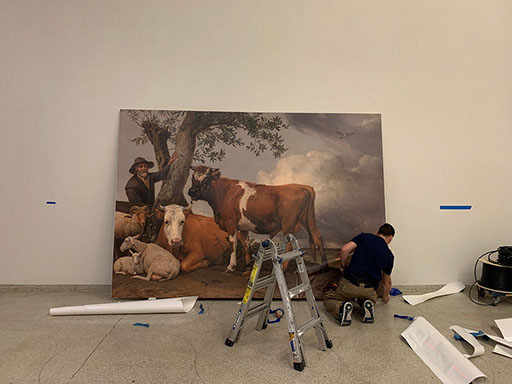Rotunda Floor
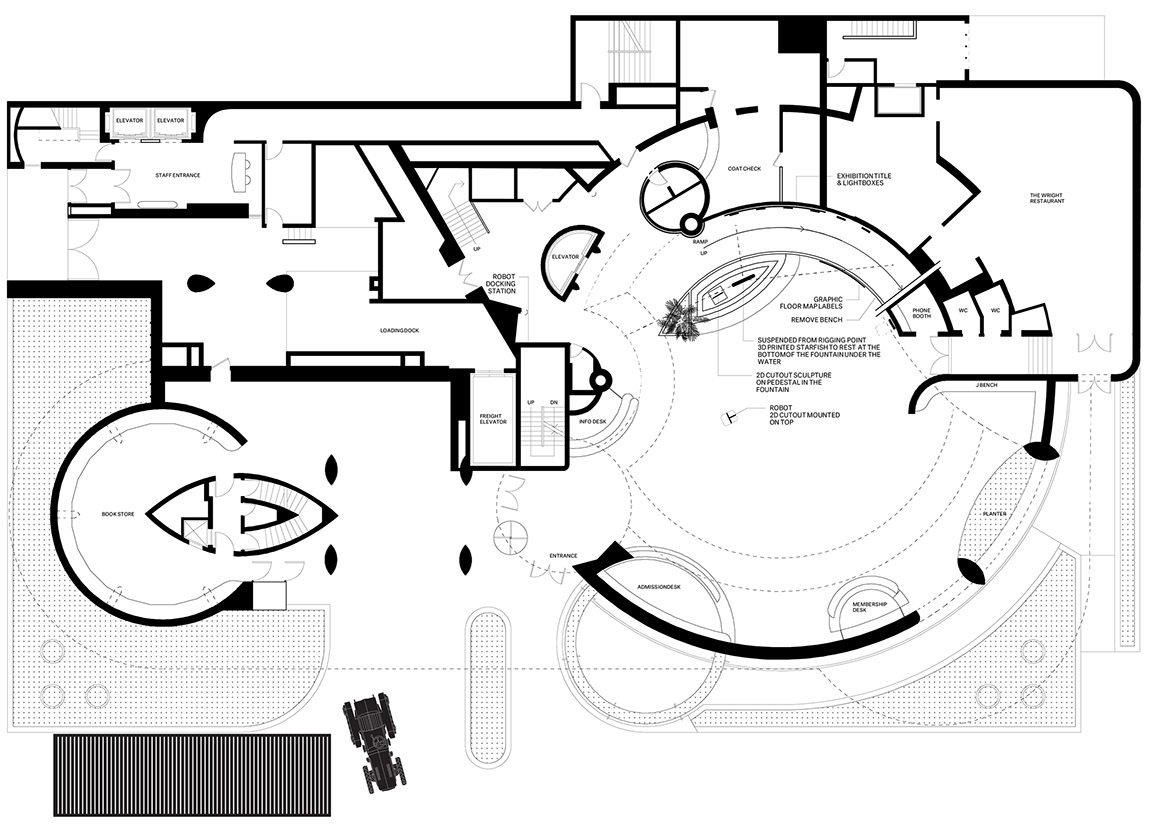
Ramp One: Introduction
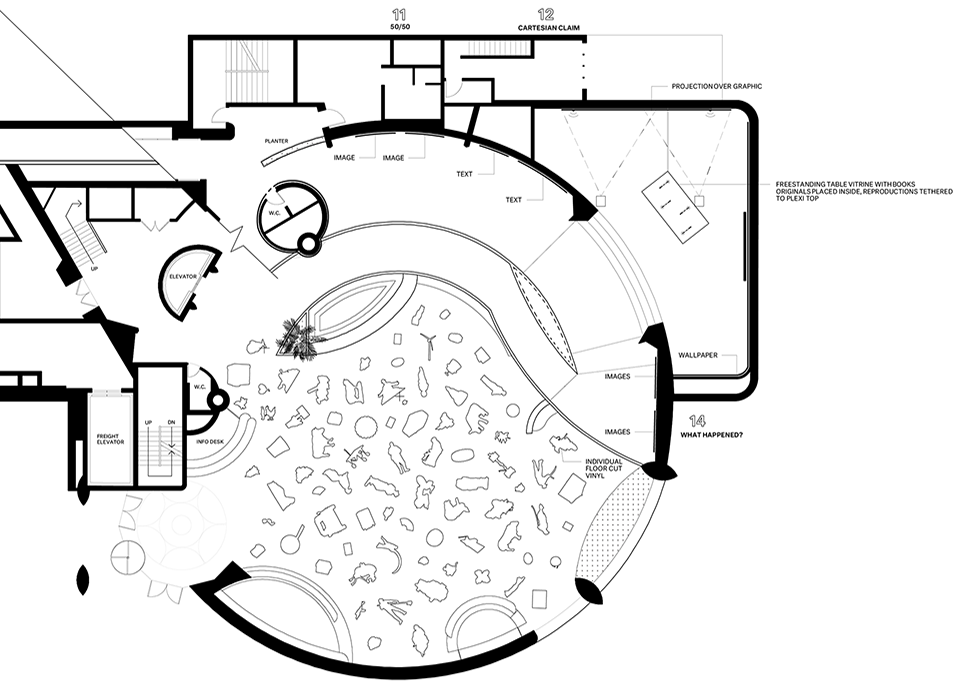
Ramp Two: Leisure/Escape
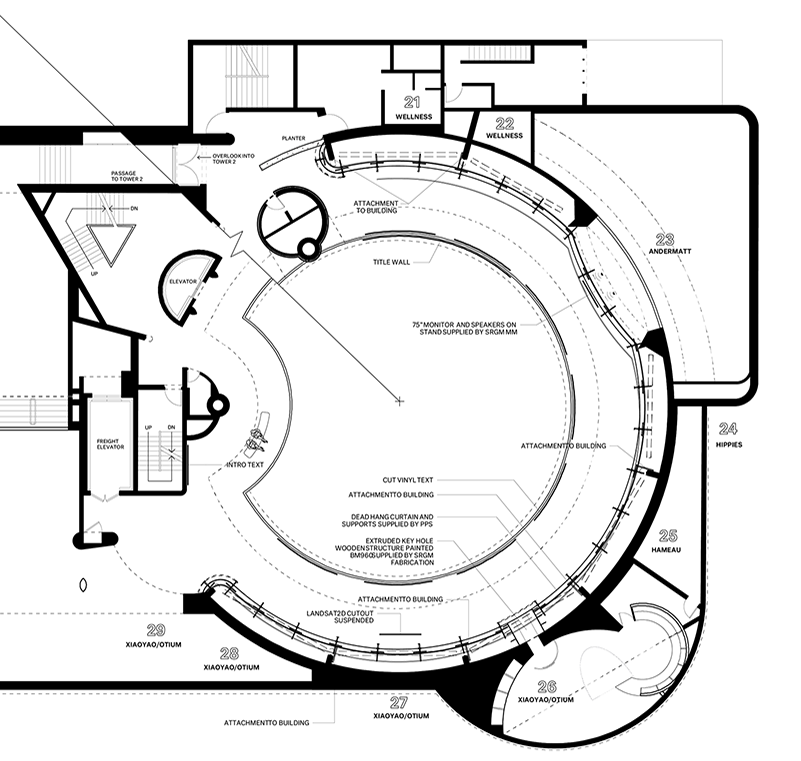
Ramp Three: Political Redesign
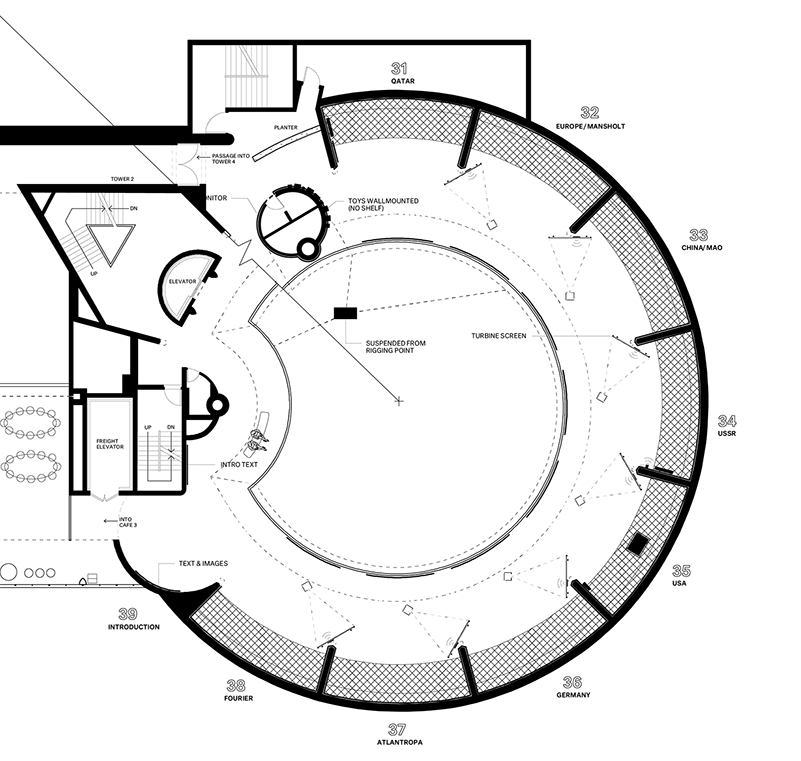
Ramp Four: Experiments

Ramp Five: Nature/Preservation
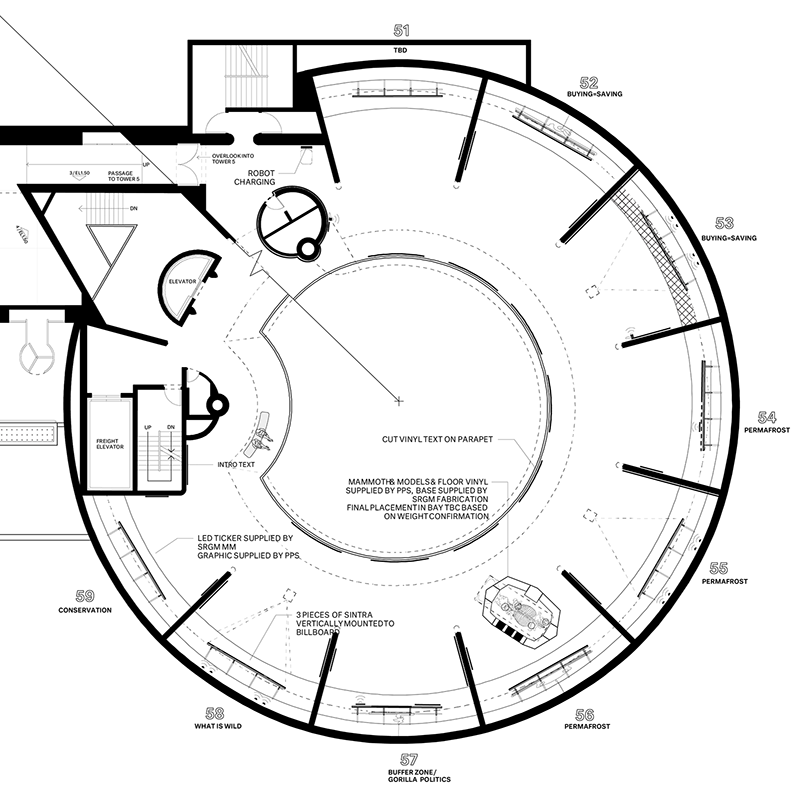
Ramp Six: Cartesian Euphoria?

A central thesis of ‘Countryside: The Future’ is that our current form of urban life has necessitated the organization, abstraction, and automation of the countryside at an unprecedented scale. Data storage, fulfillment centers, genetic engineering, artificial intelligence, robotic automation, economic innovation, worker migration, and the private purchase of land for ecological preservation are in many cases more actively explored and experimented with in the countryside than the city.
Urbanization drew our collective attention, especially since the UN released their report ‘World Urbanization Prospects’ in 2014, reporting that half of all humankind lived in cities. The exhibition is an attempt at shifting the global focus on urban areas towards the vast non-urban areas around the world.
As the exhibition unfolds, it addresses questions about the development and role of the countryside over time: What was the countryside historically, what did the major political figures of the twentieth century prepare for us, what is the current condition, what needs to be done for the future, and in what ways could this take shape? The show spirals upwards, progressively taking over the entrance and the six levels of the rotunda, zooming into a collection of specific and unique cases in China, Qatar, Germany, Kenya, Russia, Japan, the US and the Netherlands, visually designed by AMO/Koolhaas and Irma Boom in collaboration with the Guggenheim. A mix of imagery, films, archival material, wallpaper graphics, a printed curtain, objects, reproduced artworks and robotic sculptures dress the walls, floors and ceiling of the rotunda, while a remarkable amount of text unfolds this narrative of case studies contextualized by a broad array of voices.
Rem Koolhaas: “In the past decades, I have noticed that while much of our energies and intelligence have been focused on the urban areas of the world—under the influence of global warming, the market economy, American tech companies, African and European initiatives, Chinese politics, and other forces—the countryside has changed almost beyond recognition. The story of this transformation is largely untold, and it is particularly meaningful for AMO to present it in one of the world’s great museums in one of the world’s densest cities.”
with AMO/Rem Koolhaas
for Solomon R. Guggenheim Museum
with AMO/Rem Koolhaas
for Solomon R. Guggenheim Museum
(in progress)
02/20
New York, USA
